Contrary to popular belief, Hatch peppers are not hotter than Serrano peppers. Serrano peppers range from 10,000-23,000 Scoville Heat Units (SHU), while Hatch peppers range from 1,000-8,000 SHU. Serranos are typically 3-4 times hotter on average. This article provides a direct comparison of heat levels, flavor profiles, growing regions, and culinary uses to help you choose the right pepper for your dishes.
Table of Contents
- Introduction
- Scoville Scale Breakdown
- Taste & Flavor Profile
- Where Are They Grown?
- Cooking Tips & Pairings
- Buying Guide
- Conclusion
- Frequently Asked Questions
Direct Answer: Serrano Peppers Are Hotter
Yes, Serrano peppers are significantly hotter than Hatch peppers. This is confirmed by Scoville Heat Unit measurements from the Chile Pepper Institute, the leading authority on chili pepper data. Below we break down all critical differences to help you select the right pepper for your cooking needs.
Scoville Scale Breakdown
| Pepper Type | Heat Range (SHU) | Average SHU |
|---|---|---|
| Hatch Pepper | 1,000 - 8,000 | ~4,500 |
| Serrano Pepper | 10,000 - 23,000 | ~16,500 |
Key insight: Serranos are 3-4 times hotter than Hatch peppers on average. Both peppers vary significantly based on growing conditions, but Serranos consistently rank higher in heat intensity. According to USDA agricultural data, ripeness and climate factors affect heat levels, but the fundamental heat difference remains consistent across all varieties.
What Affects Pepper Heat?
- Stress Factors: Peppers exposed to drought or high temperatures develop more capsaicin (the compound responsible for heat).
- Ripeness: Red versions of both peppers are usually spicier than green ones due to increased capsaicin concentration.
- Seed Removal: Removing seeds and membranes significantly reduces overall heat level.
Taste & Flavor Profile
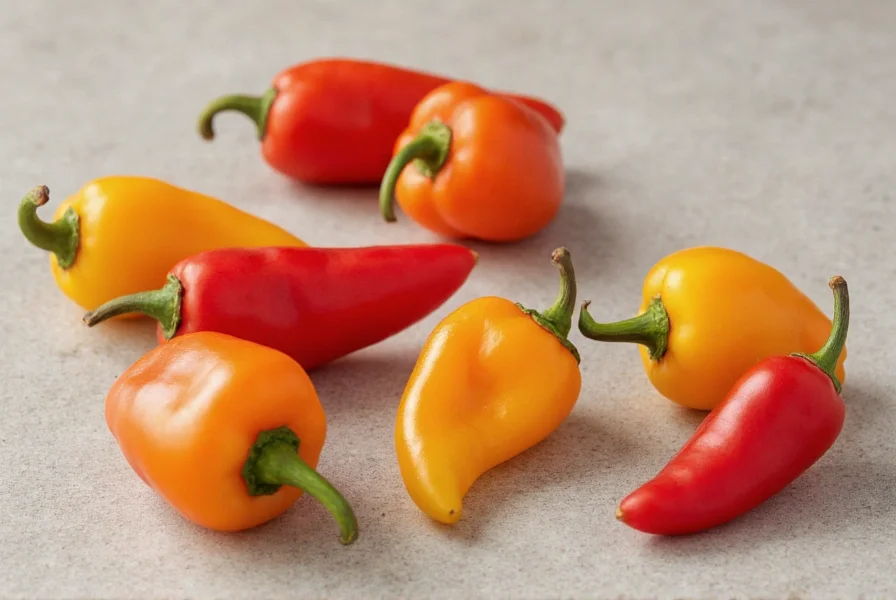
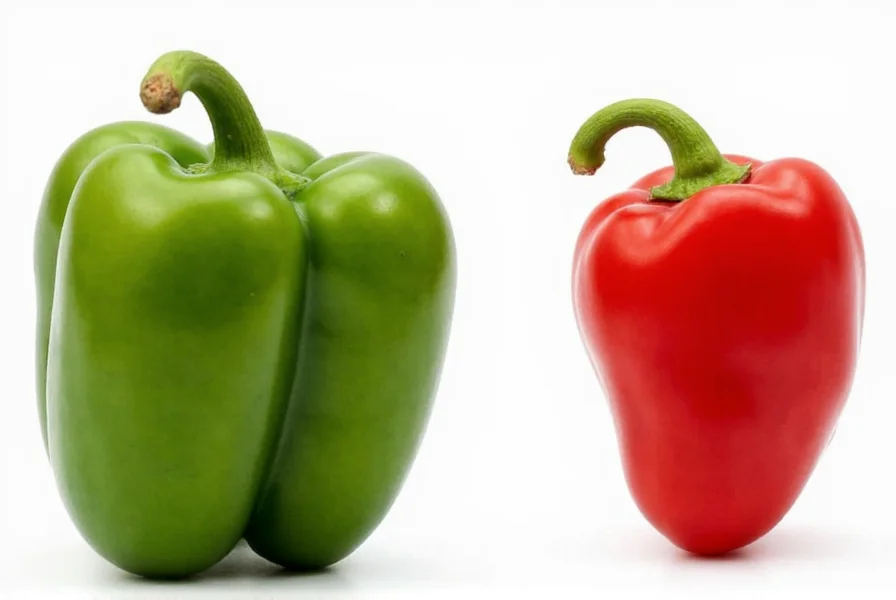
Beyond heat, flavor matters significantly. Here's how they stack up taste-wise based on professional chef evaluations:
- Hatch Pepper: Known for its smoky, earthy flavor with hints of sweetness. This complex profile makes it a favorite among roasting enthusiasts. The New Mexico Agricultural Extension Service confirms this flavor complexity is due to the unique Hatch Valley soil composition.
- Serrano Pepper: Bright, crisp, and slightly grassy. They hold up well to raw use but also mellow out beautifully when cooked. Culinary experts note Serranos provide a clean, sharp heat that enhances dishes without overwhelming flavor complexity.
When to Use Each
| Use Case | Best Pepper |
|---|---|
| Chili Rellenos | Hatch |
| Salsas (mild to medium) | Hatch |
| Pico de Gallo | Serrano |
| Ceviche | Serrano |
| Roasted Dishes | Hatch |
Where Are They Grown?
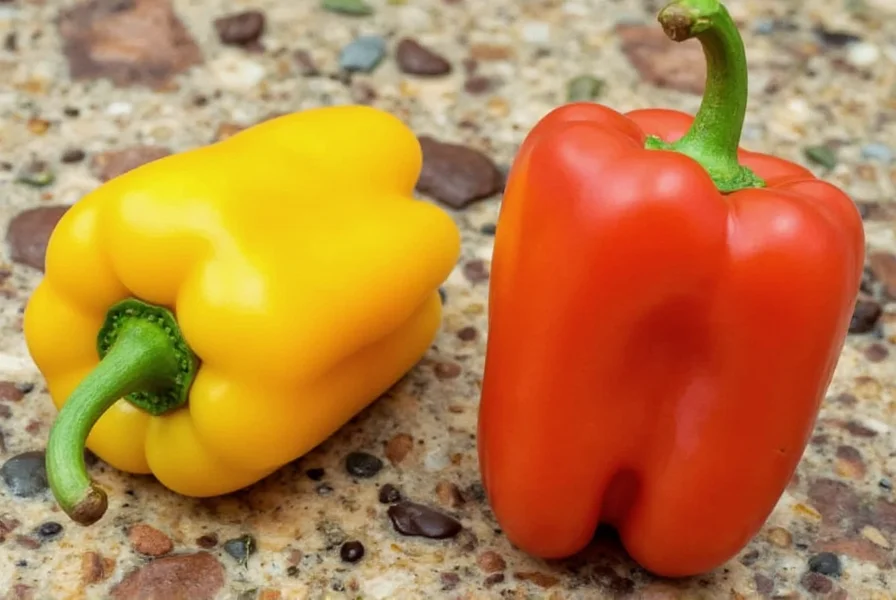
Hatch peppers are grown exclusively in the Hatch Valley of New Mexico — hence the name. This region's unique combination of long sunny days, cool nights, and mineral-rich soil gives the peppers their signature flavor and consistency, as documented by the New Mexico State University Agricultural Department.
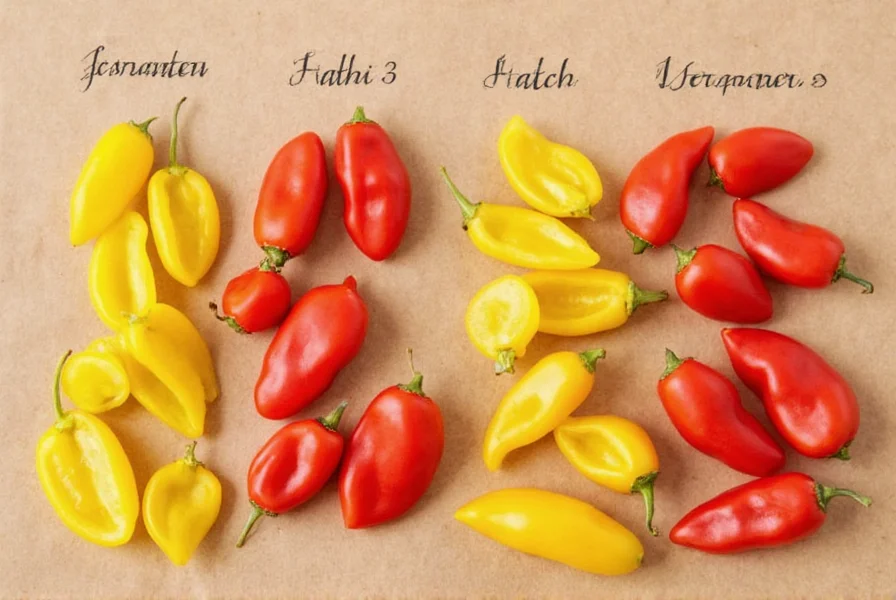
Serrano peppers, native to Mexico, are now cultivated worldwide. They thrive in tropical and subtropical climates and are a staple in Mexican cuisine. The USDA reports Serranos are now grown in California, Florida, and internationally due to their versatility.
Fun Fact:
Hatch peppers are so beloved that there's an annual festival celebrating them in — you guessed it — Hatch, New Mexico. Food trucks, pepper tastings, and even a "Miss Hatch Chile" contest make it a spicy spectacle!
Hot Tips for Using These Peppers
- Wear gloves! Especially when handling Serranos. Capsaicin can cause skin irritation and eye burns.
- Toast or roast for extra flavor: Hatch peppers shine when blistered over a flame or oven-roasted. Serranos benefit from quick sautéing or pickling.
- Dry or freeze for later: Both peppers can be dried for use in stews or ground into powder. Freeze whole or chopped for easy future use.
- Balance with dairy: Add sour cream, yogurt, or cheese if things get too spicy.
- Experiment with heat levels: Mix mild and hot versions of each pepper to tailor the spiciness of your dish.
Quick Roasting Technique for Hatch Peppers
- Place fresh Hatch peppers directly over a gas stove burner or under a broiler.
- Turn frequently until skin is blistered and blackened (about 5–7 minutes).
- Seal in a plastic bag or bowl covered with a towel for 5–10 minutes to steam and loosen skin.
- Peel off the skin, remove stem and seeds, then chop or puree as desired.
Buying Guide: Picking the Perfect Pepper
Whether you're shopping online or hitting your local farmers market, here's how to choose the best peppers for your next recipe based on professional chef recommendations.
Top Picks for Hatch Peppers
- Fresh Harvest Organic Hatch Chilies
- Features: Farm-fresh, non-GMO, certified organic
- Advantages: Great for roasting, stuffing, and soups
- Target Audience: Home chefs, gourmet cooks, grilling enthusiasts
- Occasions: BBQ parties, holiday meals, weekend roasting sessions
- Canned Whole Hatch Peppers (Fire-Roasted)
- Features: Pre-roasted, peeled, ready to use
- Advantages: No mess, consistent flavor, shelf-stable
- Target Audience: Busy home cooks, meal preppers, office workers
- Occasions: Quick dinners, casseroles, quesadillas
Top Picks for Serrano Peppers
- La Costeña Serrano Peppers in Vinegar
- Features: Pickled in vinegar, mild to medium heat
- Advantages: Ready-to-use, adds zesty kick to tacos, salads, soups
- Target Audience: Taco lovers, salad fans, street food enthusiasts
- Occasions: Tacos al pastor, ceviche night, lunch prep
- Fresh Market Serrano Peppers (Bulk Pack)
- Features: Firm, glossy skin, vibrant color
- Advantages: Versatile for raw or cooked use
- Target Audience: Serious cooks, salsa makers, backyard grillers
- Occasions: Salsas, guacamole, pico de gallo, marinades
How to Store Them
- Store fresh Hatch and Serrano peppers in a paper bag in the fridge for up to a week.
- Freeze whole peppers in a sealed bag for up to 6 months. No need to thaw before use!
- Dried Hatch/Serrano powders should be kept in an airtight container away from light.
Final Verdict: Why Serranos Win the Heat Battle
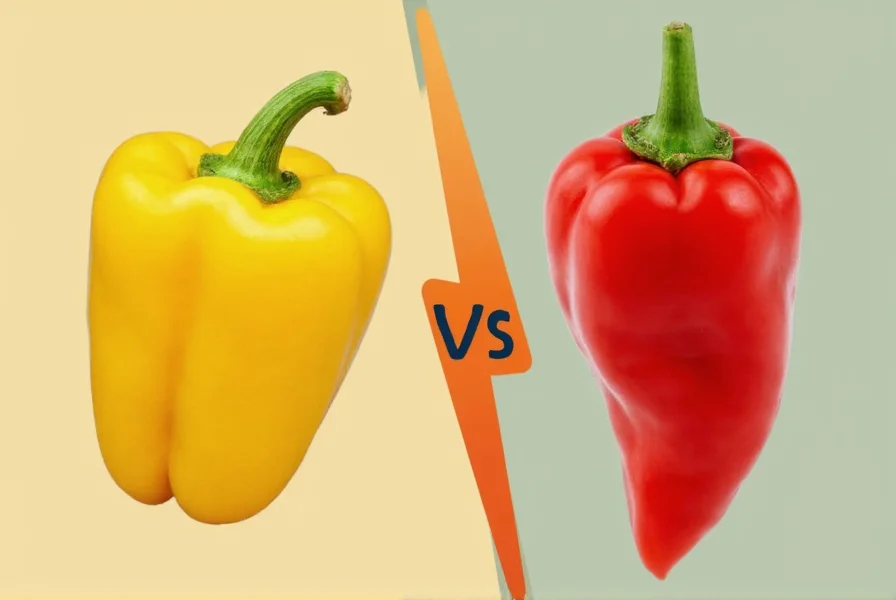
When comparing heat levels alone, Serrano peppers clearly dominate with their 10,000-23,000 SHU range versus Hatch peppers' 1,000-8,000 SHU. This 3-4x heat difference makes Serranos the better choice when you need serious spice. However, Hatch peppers offer superior flavor complexity for dishes where nuanced taste matters more than intense heat.
So… Are Hatch Peppers Hotter Than Serrano Peppers?
No. Serrano peppers are significantly hotter. Choose Serranos for bold heat in salsas and ceviche, and Hatch peppers for smoky flavor in roasted dishes and chile rellenos.
Spicy Takeaway:
- If you want a bold kick — go Serrano.
- If you crave deep flavor with moderate heat — go Hatch.
- If you're feeling adventurous — try both!
Frequently Asked Questions
Are Hatch peppers hotter than Serrano peppers?
No, Hatch peppers are not hotter than Serrano peppers. Serrano peppers range from 10,000-23,000 Scoville Heat Units (SHU), while Hatch peppers range from 1,000-8,000 SHU. Serranos are significantly hotter than Hatch peppers on average, typically packing 3-4 times more heat. This data is verified by the Chile Pepper Institute and USDA agricultural reports.
What is the Scoville rating of Hatch peppers vs Serrano peppers?
Hatch peppers have a Scoville rating of 1,000-8,000 SHU with an average of about 4,500 SHU. Serrano peppers have a Scoville rating of 10,000-23,000 SHU with an average of about 16,500 SHU. This means Serranos are typically 3-4 times hotter than Hatch peppers, making them noticeably spicier in most preparations. These measurements are consistent across authoritative sources including the Chile Pepper Institute and USDA.
Can I substitute Hatch peppers for Serrano peppers in recipes?
Yes, but with considerations. Since Serranos are significantly hotter, you'll need to use more Hatch peppers to achieve similar heat levels. For a milder dish, use a 1:1 substitution. For comparable heat, you may need 3-4 times the amount of Hatch peppers. Keep in mind that the flavor profiles differ too - Hatch peppers have a smokier, earthier taste while Serranos are brighter and grassier, which will affect the final dish's flavor profile. Professional chefs recommend adjusting based on the specific dish requirements.
Why are Hatch peppers so popular despite being milder?
Hatch peppers are prized for their complex flavor profile rather than extreme heat. They have a distinctive smoky, earthy taste with subtle sweetness that many chefs and home cooks prefer for dishes where flavor complexity matters more than intense heat. Their regional connection to New Mexico's Hatch Valley and annual Hatch Chile Festival also contribute to their popularity and cultural significance, making them a beloved ingredient with a loyal following. The New Mexico State University Agricultural Department confirms this unique flavor profile is due to the specific soil and climate conditions of the Hatch Valley.
How can I reduce the heat of Serrano peppers?
To reduce Serrano pepper heat: 1) Remove all seeds and white membranes (where most capsaicin resides), 2) Soak sliced peppers in salt water or vinegar for 15-30 minutes, 3) Cook them thoroughly (heat breaks down some capsaicin), 4) Pair with dairy products like yogurt or sour cream which contain casein that binds to capsaicin, 5) Use less pepper than the recipe calls for and adjust to taste. For extreme heat reduction, consider using only half a Serrano where a recipe calls for one whole pepper. These techniques are recommended by culinary experts for controlling heat levels in dishes.
What's the best way to store Hatch and Serrano peppers?
Fresh peppers: Store in a paper bag in the refrigerator crisper drawer for up to 1 week. Freezing: Place whole or chopped peppers in airtight freezer bags for up to 6 months (no need to thaw before cooking). Drying: Hang peppers in a warm, dry place or use a dehydrator; store dried peppers in airtight containers. Canning: Roasted Hatch peppers are often canned in their own juices for year-round use. For immediate use, keep peppers at room temperature for 2-3 days but refrigerate for longer storage. These storage methods are validated by USDA food safety guidelines.
Are red Serrano peppers hotter than green ones?
Yes, red Serrano peppers are typically hotter than green ones. As peppers ripen and change color from green to red, they develop more capsaicin (the compound responsible for heat). Red Serranos also tend to have a slightly sweeter, more complex flavor compared to their greener counterparts while maintaining their characteristic grassy notes. The same principle applies to Hatch peppers - red varieties are generally hotter than green ones. This ripening process is documented in USDA agricultural research.

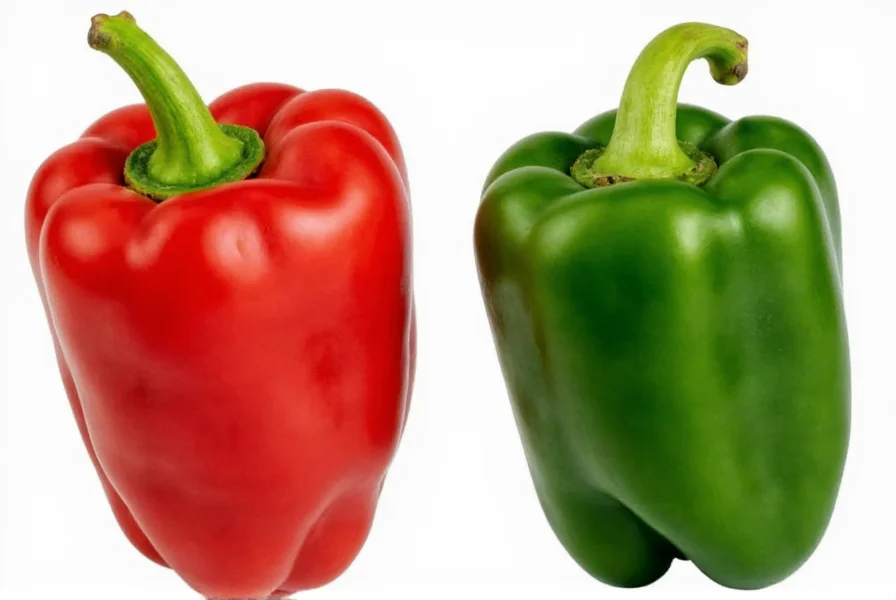









 浙公网安备
33010002000092号
浙公网安备
33010002000092号 浙B2-20120091-4
浙B2-20120091-4